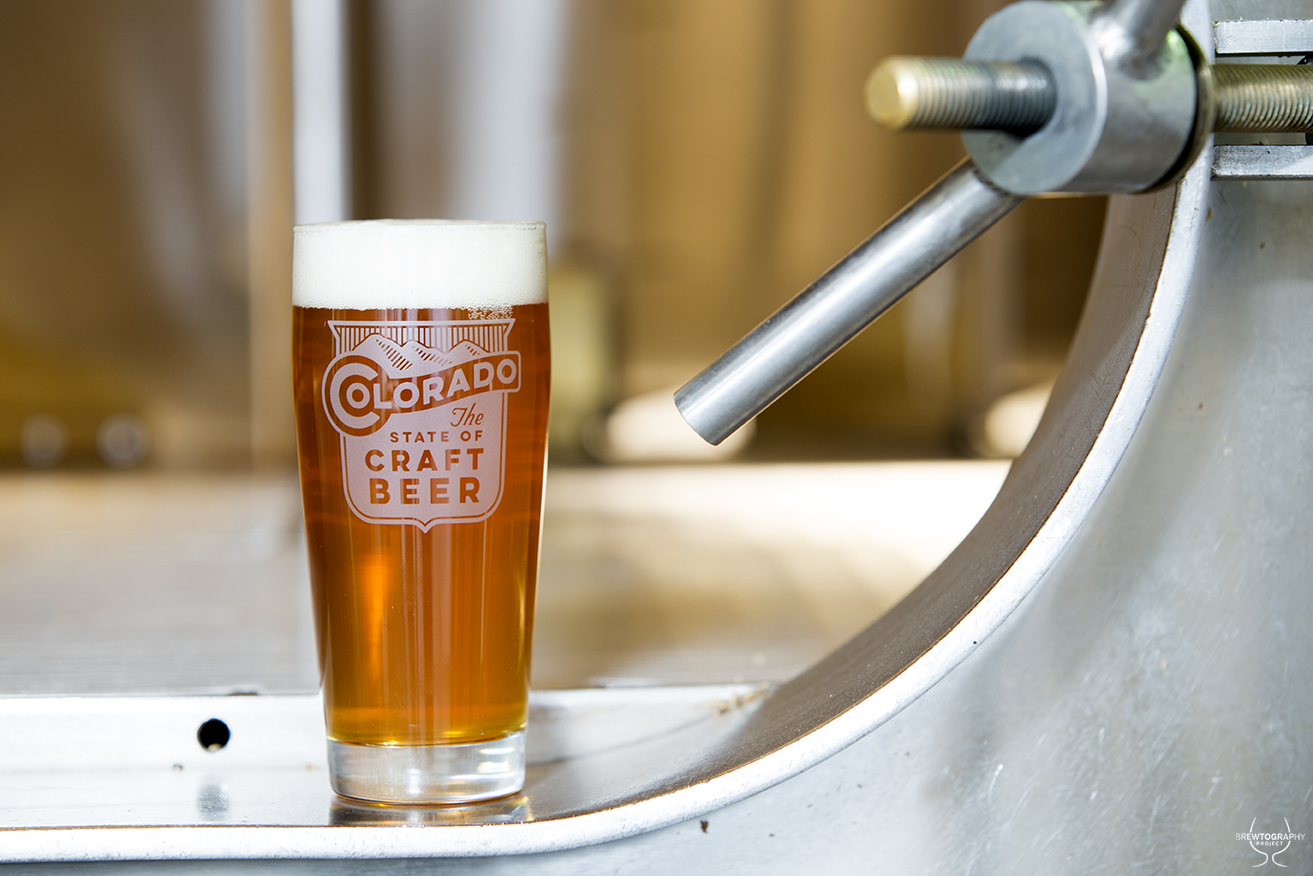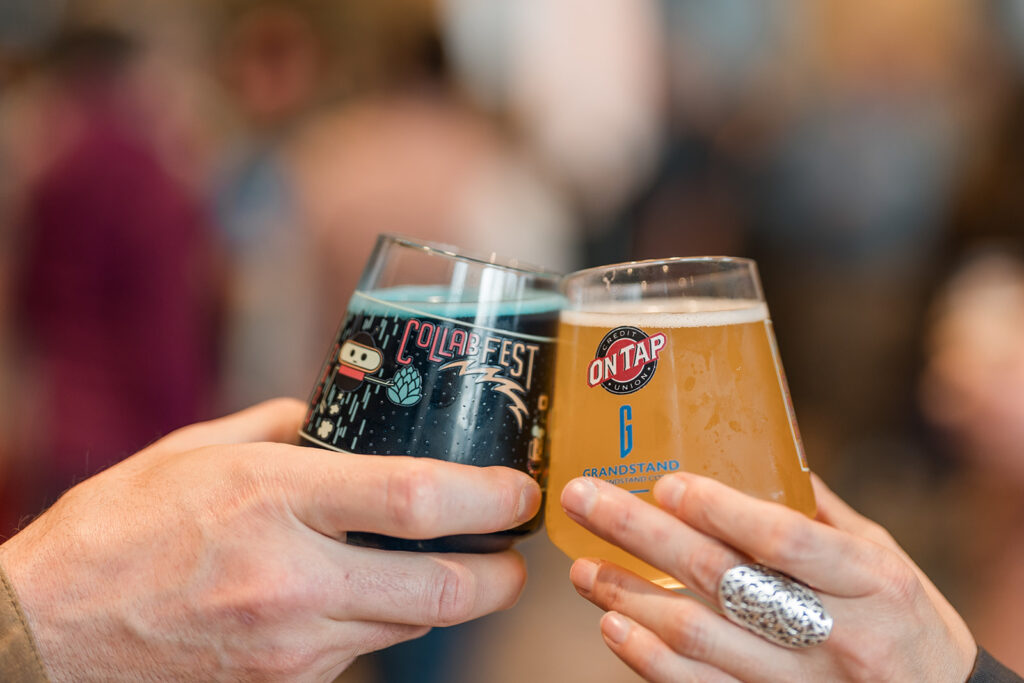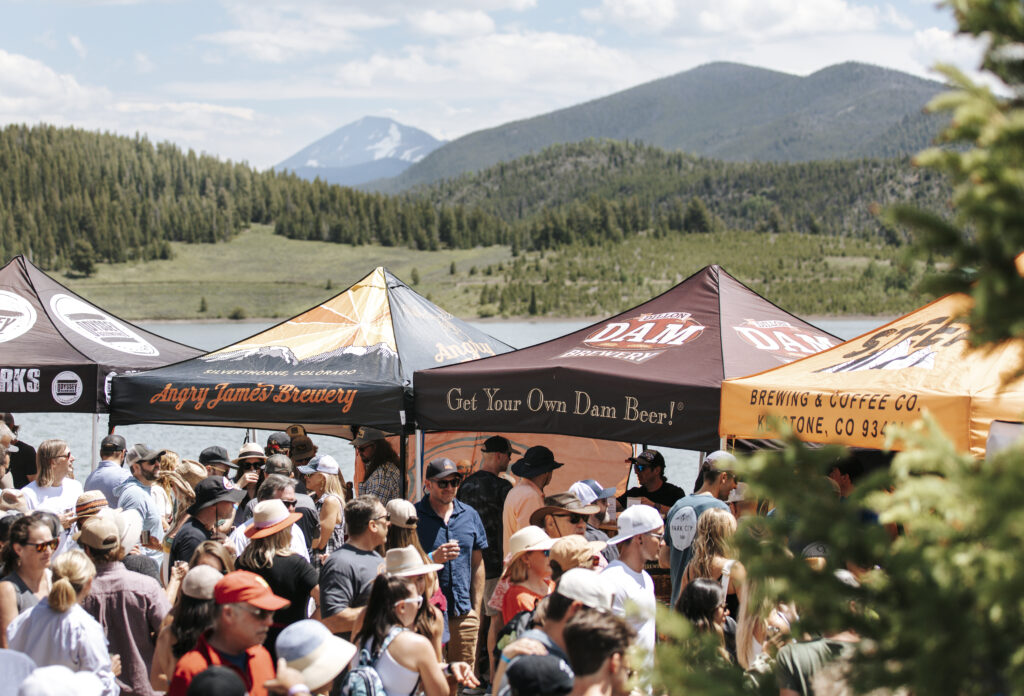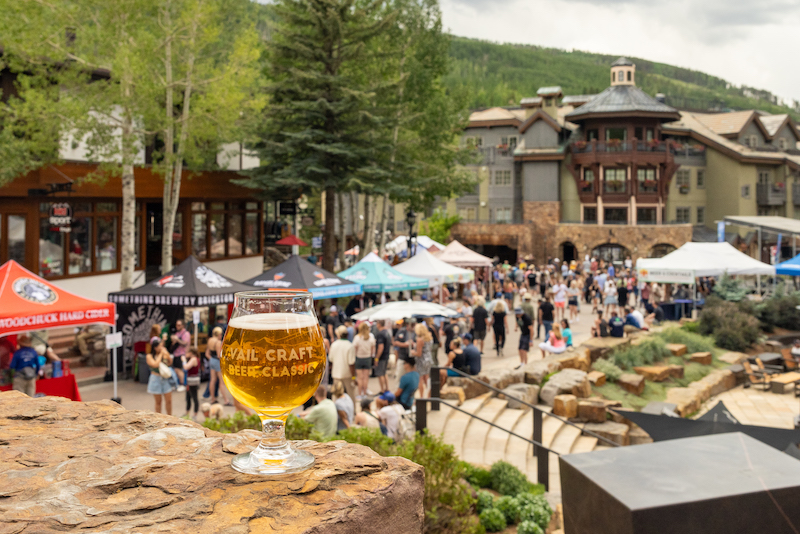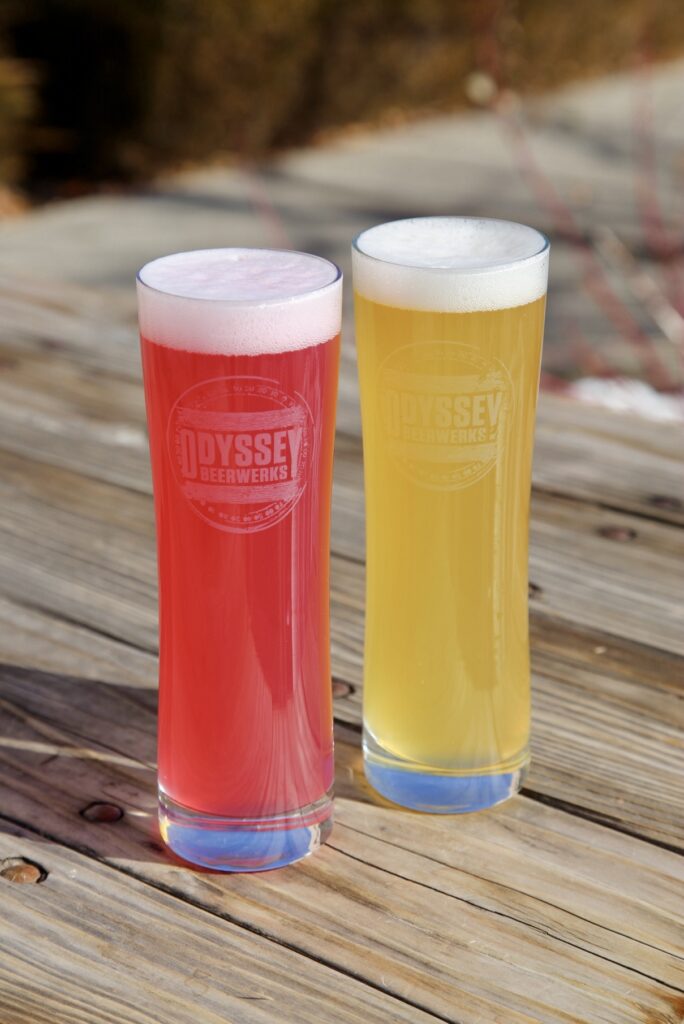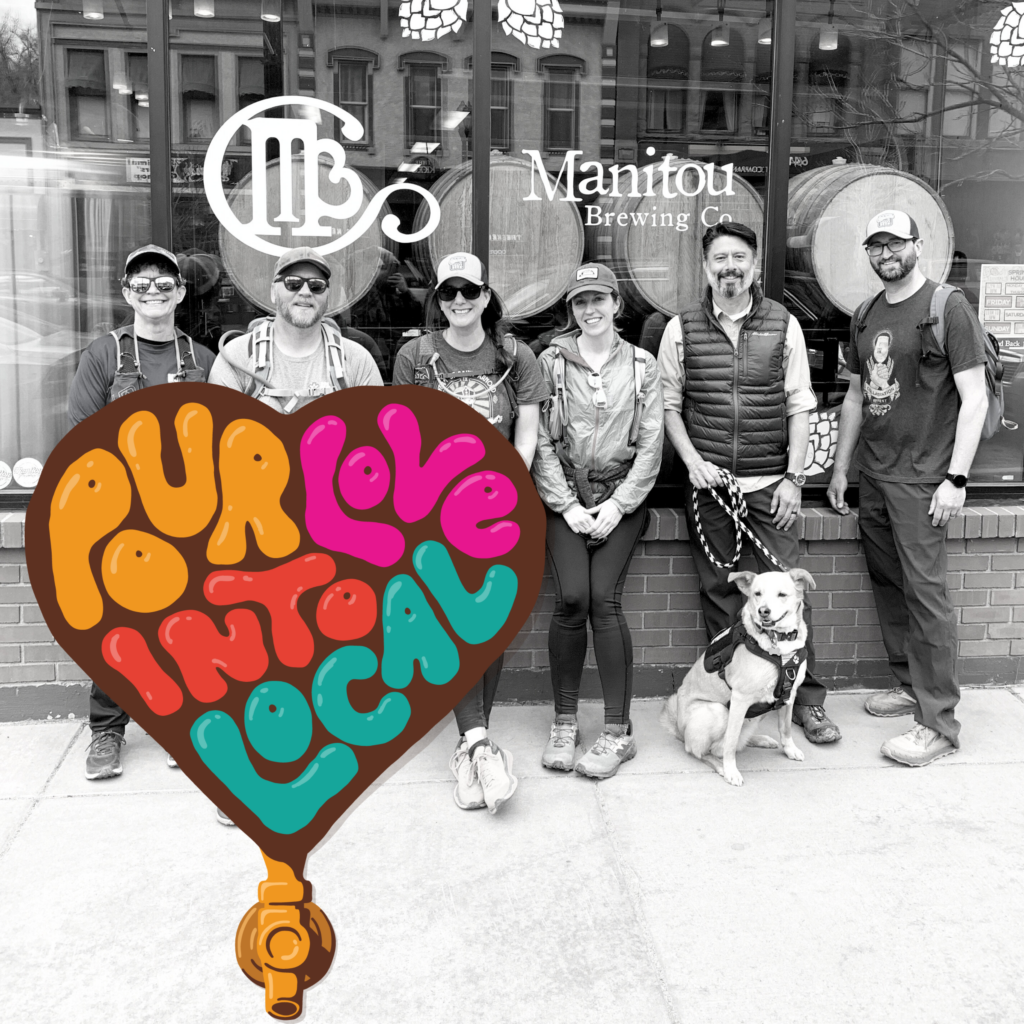 After a long brew day, in the tap room of your favorite local brewery, a plot is being hatched. Brewers with beers in hand, bandy ideas back and forth. A direction starts to take shape. The resulting beer will be epic: full of flavor, drinkability, novelty, excitement and passion. Ingredients are ordered. Maybe rare barrels are sourced. Perhaps unusual adjuncts are considered or maybe it’s just time consuming and time-honored techniques that will be employed. The brewery is buzzing with anticipation of the new beer. Brew day arrives. With skill and precision, the brewers hit the numbers. Fermentation is textbook. The beer is kegged off and it exceeds everyone’s expectations. The beer is delivered to a pub. Word has leaked out and people are excited to drink it. You grab a seat at the bar. The beer is ordered. The bartender sets it in front of you and………..it depends.
After a long brew day, in the tap room of your favorite local brewery, a plot is being hatched. Brewers with beers in hand, bandy ideas back and forth. A direction starts to take shape. The resulting beer will be epic: full of flavor, drinkability, novelty, excitement and passion. Ingredients are ordered. Maybe rare barrels are sourced. Perhaps unusual adjuncts are considered or maybe it’s just time consuming and time-honored techniques that will be employed. The brewery is buzzing with anticipation of the new beer. Brew day arrives. With skill and precision, the brewers hit the numbers. Fermentation is textbook. The beer is kegged off and it exceeds everyone’s expectations. The beer is delivered to a pub. Word has leaked out and people are excited to drink it. You grab a seat at the bar. The beer is ordered. The bartender sets it in front of you and………..it depends.
The experience is out of the hands of the brewery. Many things must go well and if care is not taken, all the thought, planning and execution will count for nothing. It depends on the place. Some bars have bunches of beer on tap, and some places are beer bars, and depending on which of these places you find yourself, you can enjoy this pint as the brewery intended or be separated from your money and bitterly disappointed. So how can you tell which of these places you have wandered into?
Brewers talk about quality all the time. It is necessary to define the term when talking about draft beer.
As brewers, we have a responsibility to educate. If we intend on making a living selling beer, we should give the public an understanding as to why they are being asked to care about beer. We throw the word quality around rather freely as a marketing term. We should be more upfront about what that looks like from the drinkers’ standpoint. If we don’t, we run the risk of treating this industry like an ATM, drawing out funds until our account-in this analogy, integrity-has been depleted.
In the interest of educating, three topics are addressed here. If this information is well known to you, this is fantastic news. You can help your friends to avoid places that don’t care or don’t know how to properly handle draft beer. This information is draft beer 101. This article is being written in Denver, a beer knowledgeable town. Yet it is difficult to think of more than a dozen establishments that clear the bar. Honestly, the bar is lying on the ground, and you are being asked to hand over somewhere between $5 and $10 dollars for a glass (or is that a pint, more on this later). We can do better and as brewers we must act to ensure our customers a proper experience. In most cases, the owner of the bar will make more profit on a keg than the brewery does. It is only right to expect more of them.
TOPIC 1: IS YOUR GLASS CLEAN?
It has been mentioned that this is basic information, but seriously, this seems like a given. It is not. This low hurdle trips up bars all over the country. Imagine for a moment you order a burger and fries and when it is delivered there is dried ketchup stuck to the plate from the previous use. Or maybe it is Steak au Poivre, and some pepper sauce made it past the dish washer ($5 pint vs $10 pint). Would you eat it anyway? Would you feel badly about mentioning it to the server? Part of the problem with beer is not enough people know the telltale signs of a dirty glass. To oversimplify a bit, it’s bubbles.
If you have been served a beer and bubbles were seen rising from a couple spots on the side of your glass, you were given a dirty glass. If you have been served a beer and the sides were coated with a sheet of bubbles, you were given a filthy glass. End of story. Send it back and have no more guilt about it than the dried ketchup example. If you have been served a beer and a constant stream of bubbles are seen coming from the bottom, something else, and something clever might be happening. Sometimes brewers pay glass makers to have the bottom of a beer glass etched with a laser. It’s called a nucleation site. By creating this small imperfection in the glass, CO2 can escape the solution, rise to the top and replenish the head of the beer. It is an elegant way to keep the beautiful foam crown. If bubbles are rising to the surface from the bottom, see if you can make out the design of the nucleation site-many of them are well thought out. Some of them are even used to good marketing effect. Either find the site or ask the server if it is there. Because if it isn’t, it’s probably a chunk of lime pulp from the automated dish machine that washes as many beer glasses as margarita mugs. In that case, send it back.
Does the head of your beer vanish as soon as it was served? Instead of a tight collar of foam are there giant fisheye bubbles? Here is another indicator that your beer glass isn’t up to par. Beer foam is complex and will be discussed in a moment, but one reason the head on your beer might vanish is the glass might not have been rinsed completely or an inappropriate chemical might have been used. Liquid dish soap works well for dishes and crude-oil covered gulf pelicans, but it is terrible for beer glasses. The smallest amount of unrinsed soap destroys beer foam and even the best chemicals must be completely rinsed. Have you noticed glass rinsers at local breweries and great beer bars? These usually are right next to the faucets and a spray of water into the glass right before filling is a great insurance policy against residue and a sign someone there is paying attention. Please stop accepting and paying for dirty glasses of beer. Demand better
TOPIC 2: WHAT’S WITH ALL THE FOAM?
Find an old picture of brewers next to wooden casks of beer from an earlier century. In the many that exist, they will be sitting or standing stoically with mugs full of beer and every one of the beers have a towering head that looks like meringue. Beer is the only beverage that will make and keep a head of foam and in the recent past, it was known that a long-lasting head was a hallmark of a quality beer. Brewers know this well. In the many steps from grain to glass, there are procedures that lead to foam stability and rough handling of the beer before dispensing will lead to poor head retention. This is a bit of a generalization; a beer with a high alcohol content can struggle to maintain foam and certain adjuncts can cause problems as well, but overall if your beer keeps its head to the bottom of the glass, you can be assured it was treated well. So why do so many consumers dislike foam? Firstly, perhaps it is not known that the foam holds most of the aromatic qualities of the beer. Czech brewers will sometimes rub a bit of the foam on the inside of the wrist to smell and judge the quality of the hops that were used. That is an interesting exercise. Also, and this is subjective, a beer with an inch of foam on top is more appetizing than the typical sports bar pour: a sad beer filled to the absolute top with a small scum of ice on top from the chilled glass. But the most common complaint against foam is that it’s a rip-off: you have paid for beer and been given foam. Well, good news consumers, foam is beer. The head of a beer is liquid trapped in a fat and protein matrix and given time beer will settle into the glass. Go to a Munich Biergarten and order a Liter of beer, you might think there has been a mistake, the beer will be 2/3 full. But, wait just a minute and you will watch it come up to the volume mark on the glass. Foam is beer.
A discussion about volumetric marks gets to the heart of the issue. Are you paying for a beer that is sold in units of one glass or are you paying for a known volume of beer? In some ways it comes down to the glasses being used. This is a uniquely American question. In Europe, all beer glasses have a volumetric marking. In the UK there is a crown stamped on the side of the glass. It indicates a full measure-an imperial pint. In fact, there are only two legal volumes that can be sold: a full or a half pint. In the 80’s when CAMRA saved real ale in Britain, they used to send a card with membership that could be held against the side of the pint. It had a scale on it and with a measurement of how far the beer was below the crown and the cost of the pint, it was possible to calculate the money you had lost. This is taken seriously. Here you might be surprised to know that the 16oz shaker pint glass you have been drinking out of- (this cheater glass is nearly ubiquitous) holds 16oz to the very top. You are likely being poured 14oz. if you are paying for beer by the unit, no injury. If you have been led to believe you are paying for a pint, you have not. All European beer glassware, and increasingly American breweries, have a volumetric indicator either printed or fused into the glass and It indicates 16 oz or a half liter, or any other measure. Above the mark is additional space in the glass for the head. In this way you can be assured you are receiving a full pour and enjoy the proper amount of foam for the style. In the case of some Belgian glassware that volumetric mark is only halfway up the glass. They take foam and presentation to heart. This mark helps both consumer and seller. It comes down to transparency. How are you buying beer and how is it being sold to you? If the expectation meets reality both parties should be satisfied. Even then, you should be able to enjoy a beer with a proper head without it hitting you in the wallet. The crown of foam on your beer is too integral to the enjoyment of beer. Make sure you aren’t missing out.
TOPIC 3: WHEN WERE THESE LINES LAST CLEANED?
Drink your favorites for long enough and you might be able to detect small variations between batches. This is normal to an extent. But, what happens when the beer you’re drinking, from a brewery you know well, is off? Maybe sour when it’s not supposed to be or cloudy when it’s usually crystal clear. Maybe it has an odd buttery flavor and you’ve never noticed that before. There are a couple possible causes for this. The first and painful for any brewer; the keg might be bad. This can happen in even the best run breweries. Sucks. There is however another possible cause: dirty draft lines. All things considered, draft beer is the best way to experience fresh beer, but if the lines aren’t being maintained, you’d be better off drinking from a can. Directly from the can. If the bar can’t keep their draft lines maintained, will they actually be bothered to use clean glassware? Well, there is a catch here. Even though the bar owns the draft system it is the responsibility of the brewer to clean the draft lines. It is an odd arrangement. In other states state employed techs clean lines, but in Colorado it falls to the brewers. Lines should be cleaned and faucets disassembled roughly every two weeks. In any case, it shouldn’t be longer than a month at the outside. Some brewers clean lines with brewery personnel and others hire third party companies that they pay to maintain the draft lines at the bars they are on tap. Still another arrangement involves distributors cleaning lines for the brands they distribute. Make no mistake though, brewers are ultimately responsible for ensuring the taps that serve their beer are clean. So, imagine the extra effort some great beer bars go to. They clean their own lines despite not being required to do it. Great beer bars use their own time, money and personnel, because they understand the importance and respect their customers. These are places you will get top quality draft beer. In the event of an unexpected bad beer experience it shouldn’t be rude to ask when the last time the lines were cleaned. The places that are offended or don’t know might or might not be the problem, but the ones that do know and aren’t offended are likely to be beer focused, customer oriented, draft beer heroes.
If you visit a real beer bar that clears the draft beer hurdles mentioned above, you can be reasonably certain that when the bartender slides that anticipated new release in front of you, you will have the experience that the brewery intended. But it does matter where you go. You are armed with some basic knowledge. Expect the draft beer in front of you to do justice to the brewery that hatched the plot and expect the pub to provide you with that vision. Brewers should expect it and between brewers, bar owners and informed consumers, the beer culture can and deserves to be elevated.
